Table of Contents
Northeast India, often called the “Seven Sisters,” is filled with unmatched beauty, rich cultural diversity, and awe-inspiring landscapes. However, choosing the best time to visit Northeast India is crucial to making the most of its natural splendor and famous destinations. Whether you’re planning to trek through the lush valleys of Meghalaya or explore the cultural vibrance of Assam, timing your trip right can make all the difference. In this guide, we’ll discuss the best time to explore this magical part of India and highlight some of the must-visit places.
Best Time to Visit Northeast India: Understanding the Seasons
When planning your trip to Northeast India, it’s important to consider the different seasons that affect the region. Each season offers something unique, and depending on your travel preferences, you may want to visit during a specific time of the year.
1. Summer (March to June)
Summer is one of the best times to visit Northeast India if you want to escape the scorching heat of other parts of India. The weather in most Northeastern states remains pleasant, with temperatures ranging between 10°C to 25°C. This season is ideal for exploring hill stations like Shillong, Gangtok, and Tawang. These places offer breathtaking views, pleasant weather, and excellent opportunities for sightseeing.
⇰ Shillong (Meghalaya):
Known as the “Scotland of the East,” Shillong is a picturesque destination offering pleasant summer weather. You can explore beautiful waterfalls like Elephant Falls and take a boat ride on the crystal-clear waters of Umiam Lake.

Location: Shillong is the capital city of Meghalaya, located in the northeastern part of India. It is approximately 100 km from Guwahati, Assam, and is well-connected by road.
Hotels and Prices:
- Budget:
- The Shillong Hostel: ₹500–₹800 per night.
- White Orchid Guest House: ₹800–₹1,200 per night.
- Mid-Range:
- Pinewood Hotel: ₹3,000–₹5,000 per night.
- Cafe Shillong Bed and Breakfast: ₹2,500–₹3,500 per night.
- Luxury:
- Ri Kynjai Resort: ₹9,000–₹12,000 per night.
- Vivanta Shillong: ₹10,000+ per night.
Local Food: Must-try dishes include Jadoh (rice cooked with pork), Tungrymbai (fermented soybean curry), and Dohneiiong (pork with black sesame). Cafés like Trattoria and ML 05 Cafe are popular among tourists.
Temperature:
- Winter: 5°C–16°C (chilly, especially at night).
- Summer: 15°C–25°C (pleasant and cool).
From the tranquil Umiam Lake to the vibrant Police Bazaar, Shillong is a treasure trove of experiences. Dive into our article on Top 5 Places in Shillong, Meghalaya Best Places to Visit to explore these attractions in detail.
⇰ Tawang (Arunachal Pradesh):
This serene hill town is a summer paradise, known for its stunning monasteries, including the Tawang Monastery, the largest in India. The breathtaking landscapes and peaceful surroundings make it a perfect destination for a summer getaway.
Location: Tawang is a serene town situated at an altitude of about 10,000 feet in Arunachal Pradesh, near the India-China border. It’s about 440 km from Guwahati.
Hotels and Prices:
- Budget:
- Hotel Tawang View: ₹1,200–₹2,000 per night.
- Dolma Residency: ₹1,500–₹2,500 per night.
- Mid-Range:
- Hotel Mon Paradise: ₹3,000–₹5,000 per night.
- Hotel Gakyi Khang Zhang: ₹3,500–₹4,500 per night.
- Luxury:
- High-end luxury hotels are limited in Tawang, but homestays with premium facilities can cost ₹5,000+.
Local Food: Don’t miss Thukpa (noodle soup), Momos, and Churpi (local cheese). Local restaurants and roadside eateries serve authentic Tibetan and Arunachali cuisine.
Temperature:
- Summer: 8°C–20°C.
- Winter: -15°C–10°C (frequent snowfall).
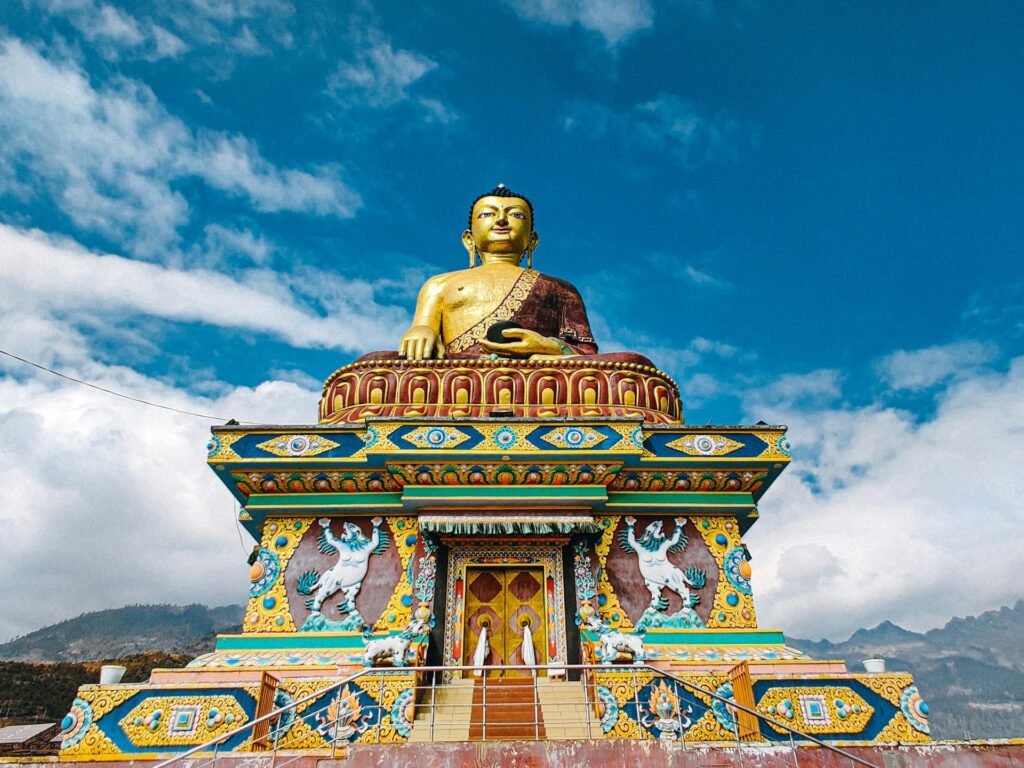
2. Monsoon (July to September)
Monsoons in Northeast India are an experience in themselves. The entire region becomes a lush green paradise, with cascading waterfalls and mist-covered hills. However, it’s also the time when heavy rainfall can make traveling challenging due to landslides and slippery roads. If you love the rain and want to experience the beauty of rain-soaked valleys, this could be the best time for you.
⇰ Cherrapunjee (Meghalaya):
Known as one of the wettest places on earth, Cherrapunjee is a must-visit during the monsoon season. The abundant rainfall enhances the beauty of its waterfalls, like the Nohkalikai Falls, which become even more majestic during this period.
Location: About 50 km from Shillong, Cherrapunjee (locally called Sohra) is famous for its waterfalls and living root bridges.
Hotels and Prices:
- Budget:
- Sohra View Lodge: ₹1,200–₹2,000 per night.
- Village Homestays: ₹1,000–₹1,500 per night.
- Mid-Range:
- Jiva Resort: ₹3,000–₹5,000 per night.
- Coniferous Resort: ₹2,500–₹4,000 per night.
- Luxury:
- Polo Orchid Resort: ₹8,000–₹10,000 per night.
Local Food: Try the Jadoh platter, Nakham Bitchi (dry fish soup), and delicious bamboo shoot pickles. Traditional Khasi thalis are available in local restaurants.
Temperature:
- Summer: 12°C–22°C.
- Winter: 8°C–16°C.
⇰ Mawlynnong (Meghalaya):
Mawlynnong, often called the “Cleanest Village in Asia,” is situated in the East Khasi Hills district of Meghalaya, about 80 km from Shillong. This picturesque village is surrounded by lush greenery and is famous for its cleanliness and community-driven eco-tourism practices.
Hotels and Prices:
- Budget:
- Homestays in Mawlynnong: ₹800–₹1,500 per night.
- Village Guest Houses: ₹1,000–₹2,000 per night.
- Mid-Range:
- Maple Pine Farm Stay: ₹3,000–₹4,000 per night.
- Shnongpdeng Camp (nearby): ₹2,500–₹3,500 per night.
Local Food:
- Mawlynnong offers delicious Khasi cuisine. Try Jadoh (red rice cooked with meat), Nakham Bitchi (dried fish soup), and freshly prepared pork dishes. Many local eateries serve organic meals with fresh, locally sourced ingredients.
Temperature:
- Summer: 18°C–28°C (mild and comfortable).
- Winter: 10°C–20°C (cool and refreshing).
Highlights:
- Village Walk: Explore the spotless lanes of Mawlynnong, interact with locals, and learn about their eco-friendly lifestyle.
- Living Root Bridge: A short trek from Mawlynnong leads to one of the famous living root bridges, marvels of bio-engineering and natural beauty.
- Sky View Point: A bamboo watchtower offering panoramic views of Bangladesh’s plains.
3. Winter (October to February)
Winter is arguably the best time to visit Northeast India for those who love the cold weather and scenic beauty. The region transforms into a winter wonderland with clear skies, snow-capped mountains, and cool temperatures. This is the perfect time for adventure seekers who want to trek, camp, and explore the region’s unique flora and fauna.
⇰ Kaziranga National Park (Assam):
Winter is the best season to visit Kaziranga National Park, home to the one-horned rhinoceros. The cool weather makes it ideal for jeep safaris, and you’ll have a great chance to spot diverse wildlife in the park.
Book your safari directly on the Kaziranga Official Website.
Location: Situated in Assam, Kaziranga National Park is about 220 km from Guwahati. It is a UNESCO World Heritage Site and home to the famous one-horned rhinoceros.
Hotels and Prices:
- Budget:
- Nature Hunt Eco Camp: ₹1,500–₹2,500 per night.
- Wild Grass Lodge: ₹1,200–₹2,000 per night.
- Mid-Range:
- IORA – The Retreat: ₹4,000–₹6,000 per night.
- Infinity Resorts Kaziranga: ₹5,000–₹7,000 per night.
- Luxury:
- Diphlu River Lodge: ₹12,000–₹20,000 per night (frequented by dignitaries and celebrities).
Local Food: Assam’s traditional dishes like Masor Tenga (sour fish curry), Pitha, and local rice beer are popular. Many lodges offer Assamese thalis featuring fresh and organic ingredients.
Temperature:
- Summer: 25°C–35°C.
- Winter: 10°C–25°C.
⇰ Ziro Valley (Arunachal Pradesh):
Ziro Valley is located in Arunachal Pradesh, approximately 110 km from the state capital Itanagar. It is a UNESCO World Heritage Site nominee and the home of the Apatani tribe, known for their unique culture and sustainable farming practices.

Hotels and Prices:
- Budget:
- Ngunu Ziro Homestay: ₹800–₹1,500 per night.
- Heritage Inn: ₹1,000–₹2,000 per night.
- Mid-Range:
- Siiro Resort: ₹3,000–₹4,500 per night.
- Blue Pine Resort: ₹3,500–₹5,000 per night.
- Luxury:
- Luxury accommodations are limited in Ziro Valley, but boutique homestays with premium facilities range from ₹5,000 to ₹8,000 per night.
Local Food:
- Try Bamboo Shoot Curry, Pika Pila (a local pickle), and smoked meat dishes. Local rice beer, Apong, is a must-try beverage. Many homestays serve traditional Apatani meals made with locally sourced ingredients.
Temperature:
- Summer: 16°C–25°C (pleasant and ideal for sightseeing).
- Winter: 2°C–14°C (cold, with misty mornings and evenings).
Highlights:
- Trek to Talley Valley Wildlife Sanctuary, home to diverse flora and fauna.
- Visit the Ziro Music Festival, held every September, a haven for indie music lovers.
- Explore the lush paddy fields of the valley, which use an ingenious fish-and-paddy farming system.
Famous Places to Visit in Northeast India
Northeast India is home to many famous and hidden gems. From serene valleys to bustling markets, there’s something for every kind of traveler.
⇰ Guwahati (Assam)
Guwahati, the gateway to Northeast India, is a bustling city with a mix of modernity and tradition. The famous Kamakhya Temple, situated on Nilachal Hill, is a major pilgrimage site and offers stunning views of the Brahmaputra River.
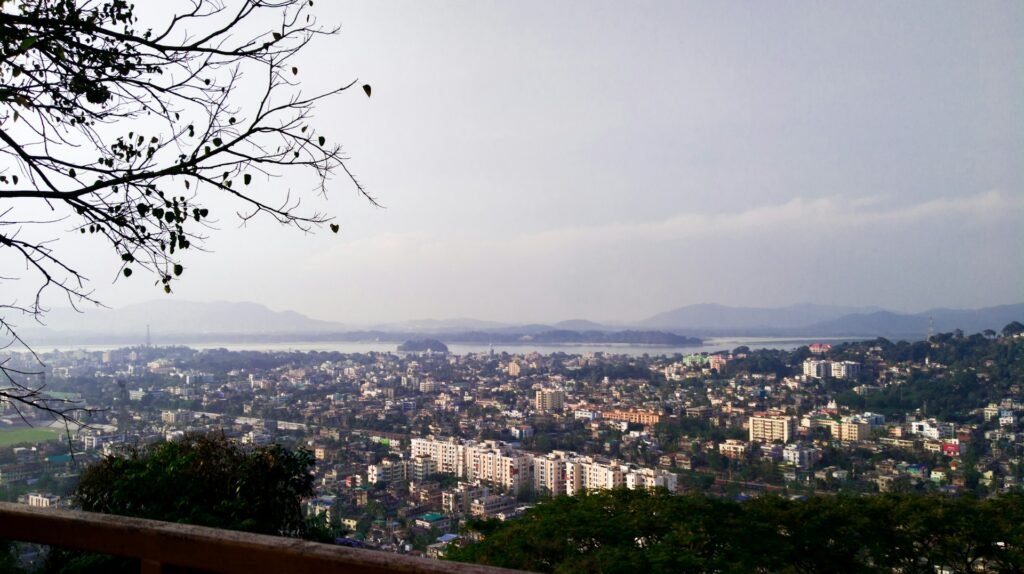
Location:
Guwahati, the largest city in Assam, is located on the banks of the Brahmaputra River. It is considered the gateway to Northeast India, connecting travelers to other parts of the region. The city is approximately 100 km from Shillong and is well-connected by air, rail, and road.
Hotels and Prices:
- Budget:
- Treebo Trend Arna Residency: ₹1,500–₹2,500 per night.
- Hotel Prag Continental: ₹1,200–₹2,000 per night.
- Mid-Range:
- Hotel Rajmahal: ₹3,000–₹4,500 per night.
- Novotel Guwahati GS Road: ₹4,500–₹6,000 per night.
- Luxury:
- Vivanta Guwahati: ₹8,000–₹12,000 per night.
- Radisson Blu Hotel Guwahati: ₹10,000–₹15,000 per night.
Local Food:
- Must-try dishes include Masor Tenga (sour fish curry), Duck Curry, and Assamese Thali. For snacks, try Pithas (rice cakes) and Laru (sweet coconut balls). Popular eateries include Paradise Restaurant and Heritage Khorikaa.
Temperature:
- Summer: 25°C–35°C (warm and humid).
- Winter: 10°C–25°C (cool and pleasant).
Highlights:
- Kamakhya Temple: One of the most significant Hindu pilgrimage sites, located on Nilachal Hill, offering scenic views of the Brahmaputra River.
- Umananda Island: The smallest inhabited river island in the world, accessible via ferry.
- Pobitora Wildlife Sanctuary: Located 50 km from Guwahati, it’s home to the one-horned rhinoceros.
- Brahmaputra River Cruise: Enjoy scenic views and cultural performances on these luxurious river cruises.
⇰ Majuli Island (Assam)
Majuli, the world’s largest river island, is a cultural hub of Assam and offers a unique experience. The island is dotted with ancient monasteries and is known for its vibrant festivals and traditional crafts.
Location: Located on the Brahmaputra River, Majuli is the largest river island in the world. Accessible by ferry from Jorhat in Assam (20 km away).
Hotels and Prices:
- Budget:
- Okegiga Homes: ₹800–₹1,200 per night.
- La Maison de Ananda: ₹1,000–₹1,500 per night.
- Mid-Range:
- Me:Po Okum Eco Lodge: ₹2,000–₹3,500 per night.
- Dekasang Resort: ₹2,500–₹4,000 per night.
Local Food: Fresh fish from the Brahmaputra, traditional Assamese curries, and organic vegetables dominate the cuisine. Don’t miss Masor Tenga and Pithas (rice cakes).
Temperature:
- Summer: 20°C–30°C.
- Winter: 10°C–22°C.
⇰ Gangtok (Sikkim)
The capital of Sikkim, Gangtok, is a picturesque hill station known for its Buddhist monasteries and stunning views of the Kanchenjunga mountain. The city is also a base for treks to the Himalayas and offers excellent opportunities for adventure enthusiasts.
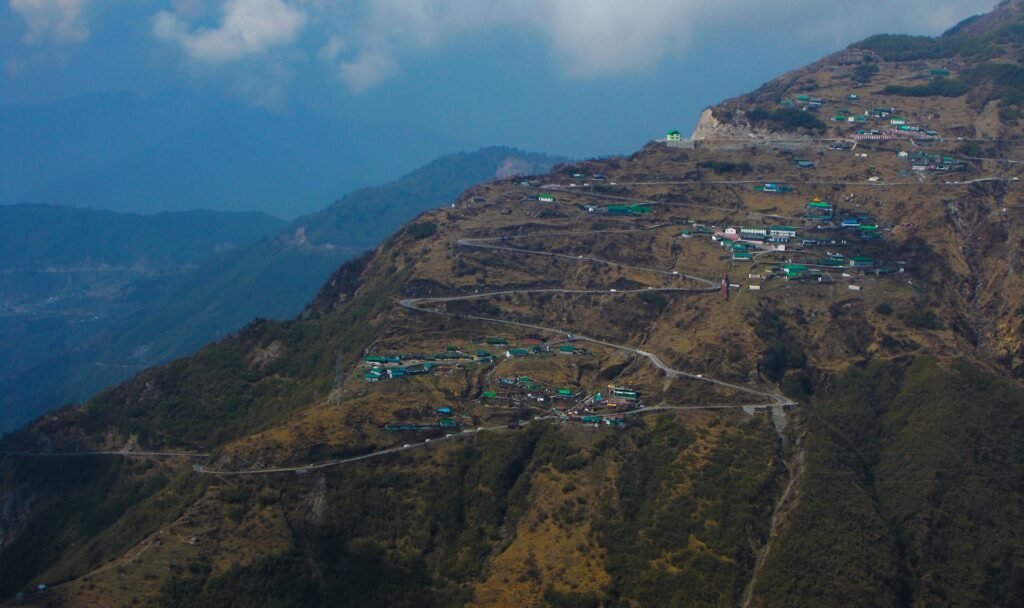
Location: Gangtok is the capital city of Sikkim, located at an altitude of 5,410 feet. It is 120 km from Siliguri, West Bengal, which is the nearest major transit hub.
Hotels and Prices:
- Budget:
- Hotel Bamboo Grove Retreat: ₹1,500–₹2,500 per night.
- Misty Oak Homestay: ₹1,200–₹2,000 per night.
- Mid-Range:
- The Golden Crest: ₹3,000–₹5,000 per night.
- Keepsa Residency: ₹4,000–₹6,000 per night.
- Luxury:
- Mayfair Spa Resort & Casino: ₹10,000–₹15,000 per night.
- The Elgin Nor-Khill Gangtok: ₹8,000–₹12,000 per night.
Local Food: Sample Phagshapa (pork stew), Sel Roti, and Sha Phaley (fried bread stuffed with meat). Popular restaurants include Taste of Tibet and Roll House for quick bites.
Temperature:
- Summer: 15°C–25°C.
- Winter: 4°C–15°C.
⇰ Tsomgo Lake (Sikkim)
Located near Gangtok, Tsomgo Lake is one of the most popular tourist attractions in Sikkim. The lake is surrounded by snow-capped mountains and is a sight to behold, especially during the winter season when it freezes over.
Location:
Tsomgo Lake, also known as Changu Lake, is a glacial lake located at an altitude of 12,400 feet, about 38 km from Gangtok, Sikkim’s capital. It is a popular destination for its breathtaking beauty and spiritual significance.
Hotels and Prices (in Gangtok, as accommodations near Tsomgo Lake are limited):
- Budget:
- Hotel Sai Kripa: ₹1,500–₹2,000 per night.
- Hotel Green Park: ₹1,200–₹1,800 per night.
- Mid-Range:
- Summit Norling Resort and Spa: ₹3,500–₹5,000 per night.
- Hotel Rendezvous: ₹3,000–₹4,500 per night.
- Luxury:
- The Elgin Nor-Khill: ₹8,000–₹12,000 per night.
- Mayfair Spa Resort & Casino: ₹10,000–₹15,000 per night.
Local Food:
- Enjoy Momos, Thukpa, Phagshapa (pork stew), and local Sikkimese tea. In Gangtok, eateries like Baker’s Cafe and Taste of Tibet are popular with tourists.
Temperature:
- Summer: 10°C–20°C (pleasant and ideal for visits).
- Winter: -5°C–10°C (cold and often snow-covered).
Highlights:
- Yak Rides: Available along the lake’s banks, adding a unique experience to your visit.
- Snowfall: In winter, Tsomgo Lake freezes, creating a magical winter landscape.
- Baba Harbhajan Singh Mandir: Located nearby, this shrine is dedicated to an Indian soldier and is a site of local reverence.
- Photography: The serene surroundings and reflections in the lake make it a photographer’s paradise.

⇰ Bomdila (Arunachal Pradesh)
If you’re looking for a less crowded but equally beautiful destination, Bomdila is perfect. This small town offers panoramic views of the snow-clad Himalayas and is an ideal spot for hiking and nature walks.
Location: Bomdila is a quaint hill town in Arunachal Pradesh, located 150 km from Tezpur in Assam. It is a serene spot, ideal for a peaceful retreat.
Hotels and Prices:
- Budget:
- Hotel Nambrog: ₹1,000–₹2,000 per night.
- Mon Valley Guest House: ₹1,500–₹2,500 per night.
- Mid-Range:
- Tsepal Yongjam: ₹3,000–₹5,000 per night.
Local Food: Try Gyapa Khazi (Arunachali rice dish), Pika Pila (traditional pickle), and Zan (porridge-like dish). Street-side food stalls serve delicious momos and thupka.
Temperature:
- Summer: 15°C–22°C.
- Winter: 2°C–10°C.
Why Winter is the Best Time to Visit Northeast India
While each season has its charm, winter stands out as the best time to visit Northeast India for several reasons. The weather is pleasant, making it ideal for sightseeing, trekking, and wildlife safaris. Winter is also when most of the festivals in the region take place, offering a unique insight into the cultural richness of the Northeast.
For instance, the Hornbill Festival in Nagaland is held in December and is a vibrant display of the state’s tribal culture, music, dance, and traditional crafts. Similarly, the Ziro Music Festival in Arunachal Pradesh draws music lovers from all over the country and beyond.
Conclusion
Northeast India is a treasure trove of natural beauty, cultural diversity, and adventure. Whether you visit during summer, monsoon, or winter, each season offers its own unique experiences. However, winter is considered the best time to visit Northeast India for the best combination of scenic beauty, pleasant weather, and cultural richness. From the serene valleys of Arunachal Pradesh to the bustling city of Guwahati, the region promises an unforgettable experience for every traveler.
-
What is the best time to visit Northeast India for trekking?
The best time for trekking in Northeast India is during the winter (October to February), as the weather is cool and the skies are clear. Popular trekking destinations include the Dzukou Valley and Tawang.
-
Is it safe to visit Northeast India during the monsoon?
While the monsoon season offers lush green landscapes, traveling can be risky due to heavy rainfall and landslides. If you’re planning a trip during this season, stay updated on weather conditions.
-
Which are the top tourist attractions in Northeast India?
Some of the top tourist attractions include Kaziranga National Park, Tawang Monastery, Majuli Island, and Tsomgo Lake.
-
How many days are enough for North East India?
If you want to cover all the states in one trip, you will need around 15 days to cover the entire northeast.
-
Why is North East India famous?
Northeast India is home to many wildlife sanctuaries like Kaziranga National Park famous for the one-horned rhinoceros, Manas National Park, Nameri, Orang, Dibru Saikhowa in Assam, Namdhapha in Arunachal Pradesh, Balpakram in Meghalaya, Keibul Namjao in Manipur, Intanki in Nagaland, Khangchendzonga in Sikkim.

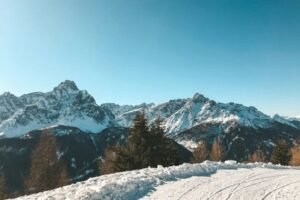
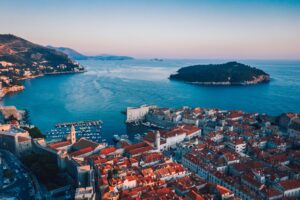

thanks
Great insights on timing a trip to Northeast India! I’ve been curious about visiting during the winter months. Does the chill in places like Kaziranga Park affect the safari experience much? I’ve read it’s one of the best times, but wouldn’t the cold limit exploration?